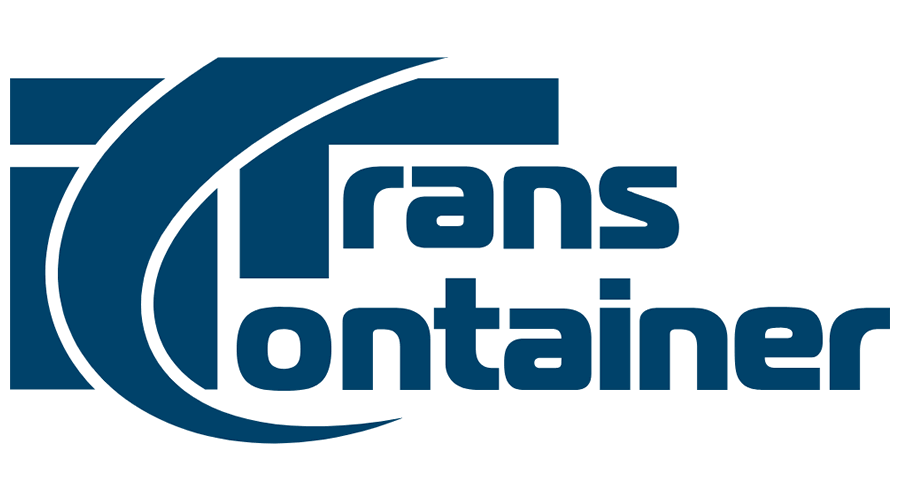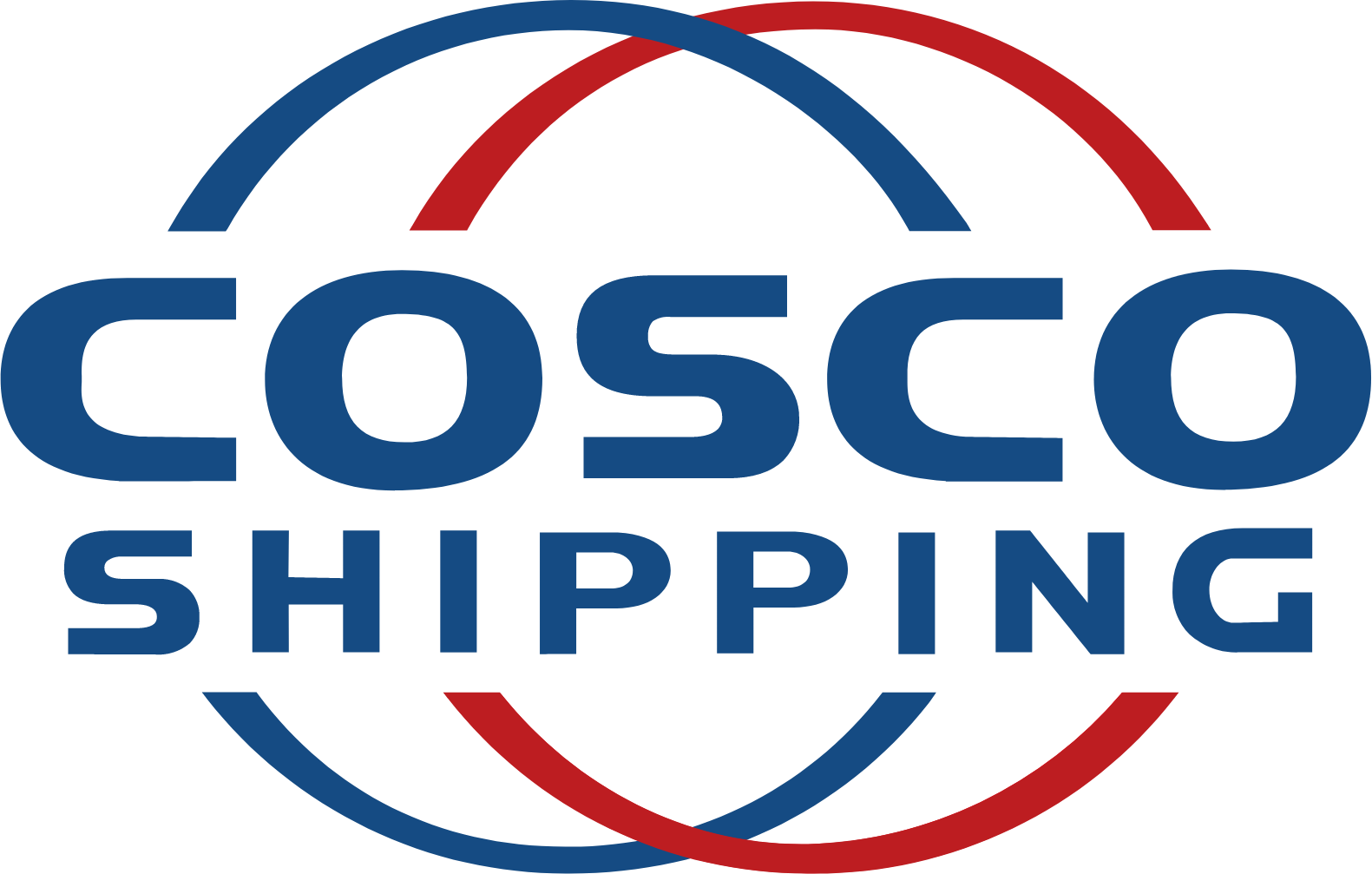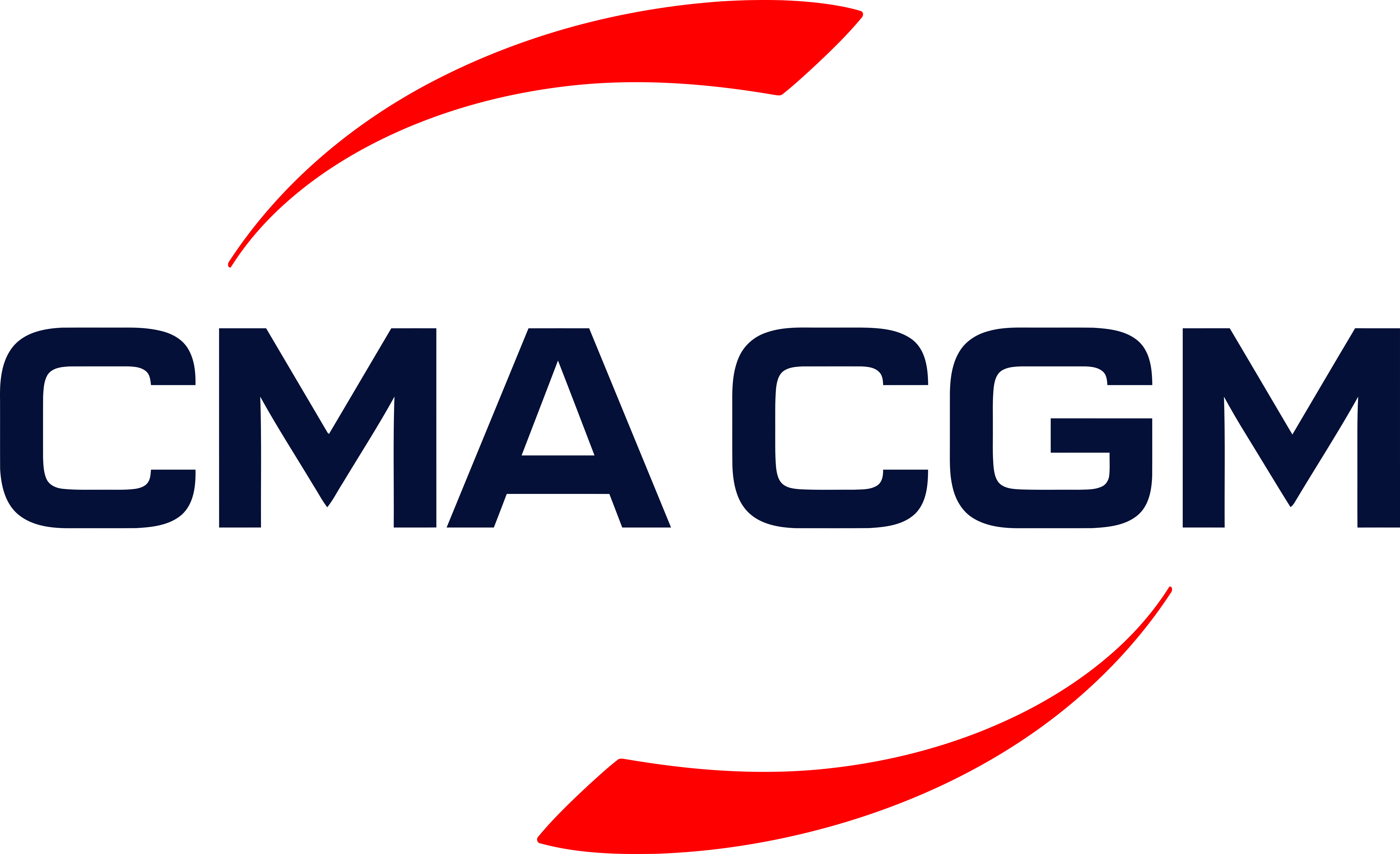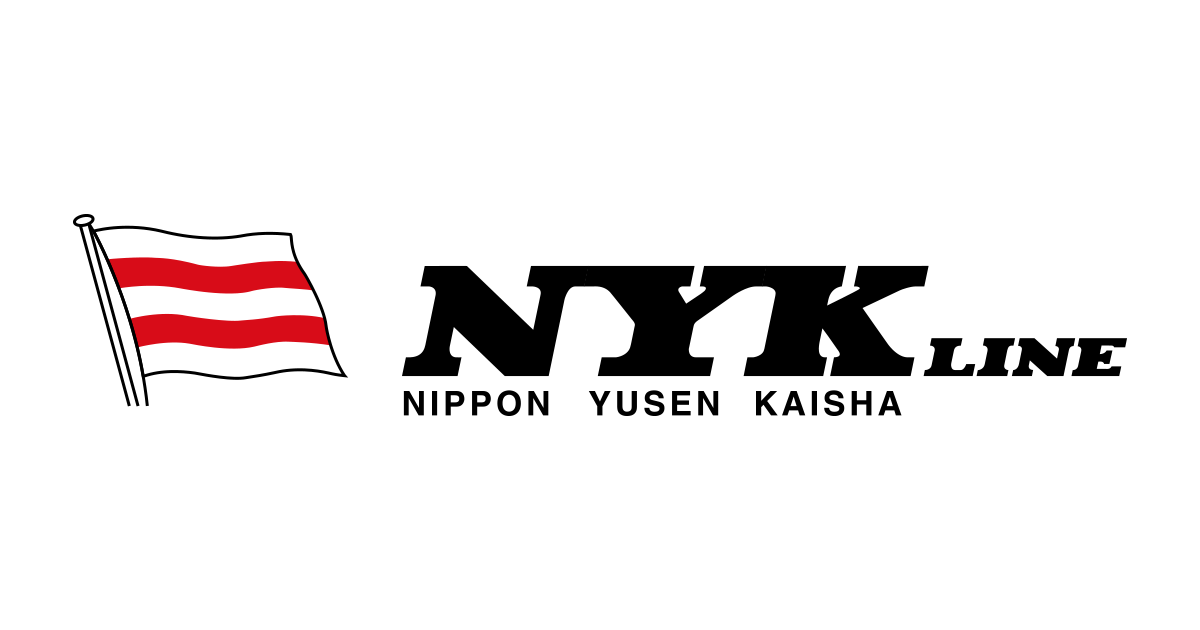Top Shipping Companies Operating on Key Global Maritime Trade Routes in 2025.
his ranking identifies the leading maritime companies based on the number and scope of major trade routes they operate, including Transpacific, Asia–Europe, Transatlantic, and intra-regional corridors. Updated for 2025, it highlights carrier dominance in high-traffic commercial lanes.






This ranking is based on how many strategic global shipping lanes a carrier operates on, reflecting their commercial influence and trade lane specialization.
We extract route data from carrier schedules, service alliances, and public shipping lane databases.
Confirmed via AIS tracking, trade route registries, and route classification (eg, Asia-Europe, Transatlantic).
Carriers are ranked by total active participation in core global trade routes, factoring in frequency, directionality, and vessel capacity allocation.
Trade lane participation is reviewed quarterly to reflect service changes, demand shifts, or alliance restructures.
Operating on the world’s major shipping routes is a strong indicator of cargo volume handling, commercial reach, and carrier competitiveness. These lanes handle the highest global trade volumes and require significant fleet deployment, scheduling precision, and infrastructure compatibility. Participation in multiple lanes demonstrates strategic depth and the ability to serve international trade across continents with high-frequency reliability.
Presence on key trade lanes enables companies to influence freight rates, schedules, and service standards.
Multi-route operations support clients with diverse logistical needs across regions.
It positions carriers as preferred partners for high-volume, global logistics contracts.
This data set ranks companies by the number of active major trade routes they operate in 2025. The more routes covered, the stronger their network integration and service flexibility for global cargo transport.
| Rank | Company | Countries Presence |
|---|---|---|
| 1 |  | 20000 |
| 2 |  | 3300 |
| 3 |  | 404 |
| 4 |  | 300 |
| 5 |  | 257 |
| 6 |  | 200 |
| 7 |  | 200 |
| 8 |  | 165 |
| 9 |  | 165 |
| 10 |  | 165 |
The Asia–Europe and Transpacific routes account for nearly 50% of global container traffic, making them the most saturated and strategically critical corridors in maritime trade. These lanes are dominated by mega-carriers operating ULCVs on high-frequency schedules.
In 2024, intra-regional trade made up 33% of global containerized volume, as carriers expanded into South–South and emerging market routes. This shift reflects a strategic push for resilience and route diversification.
About 85% of global container capacity is now managed through alliances like 2M , THE Alliance, and Ocean Alliance, enabling broader coverage with fewer assets and improved schedule reliability.
Carriers from China, Japan, and South Korea remain dominant on the Transpacific and Intra-Asia routes. These lines benefit from their proximity to global manufacturing centers and strong regional logistics ecosystems. Their networks are heavily focused on serving high-volume ports in East Asia while maintaining critical access to North America and Southeast Asia through dense feeder and mainline integration.
European carriers, particularly MSC and Maersk, are leading operators on the Asia–Europe and Transatlantic lanes. These companies deploy large-capacity vessels on structured weekly services and maintain strategic relationships with key terminals across Europe, the Middle East, and North America. Their route networks are often supported by advanced schedule reliability and intermodal integration, enabling seamless inland transport and higher service consistency.
Ranking by number of ships
Compare shipping companies based on the total number of vessels in their fleet
View Fleet Size rankingRanking by million TEU transported
See which shipping companies move the largest volume of containers globally
View Volume Transported rankingRanking by container fleet capacity (M TEU)
Compare the total carrying capacity of shipping company fleets worldwide
View Fleet Capacity rankingRanking by number of covered ports
Compare shipping companies based on their global port coverage and network reach
View Ports Coverage rankingRanking by presence in number of countries
See which shipping companies have the widest global footprint across different countries
View Global Presence rankingRanking by number of maritime lines
Discover which companies offer the most extensive network of maritime shipping routes
View Maritime routes rankingRanking by EEDI (gCO2 per TEUkm)
Compare the Energy Efficiency Design Index of different shipping companie.
View Energy Efficiency rankingRanking by annual CO2 reduction (EEOI)
See which companies are improving their Energy Efficiency Operational Indicator the fastest
View Operational Efficiency rankingRanking by containers lost (% of moved TEU)
Compare companies based on their container safety record and loss prevention
View Container Safety rankingRanking by annual CO2 reduction (total operations)
See which companies are reducing their total carbon footprint the fastest
View Total Emissions Reduction rankingRanking by annual CO2 reduction (fleet only)
Compare companies based on how quickly they re reducing their fleet emissions
View Fleet Emissions Reduction rankingRanking by fleet % using biofuels or dual-fuel engines
Discover which companies are leading in the adoption of cleaner fuel technologies
View Alternative Fuels rankingTotal fleet emissions (ktons CO2eq, Scope 1)
Compare the absolute emissions from shipping fleets without adjusting for company size
View Fleet Emissions rankingTotal company emissions (ktons CO2eq)
See the total carbon footprint of shipping companies including all operations
View Total Company Emissions ranking